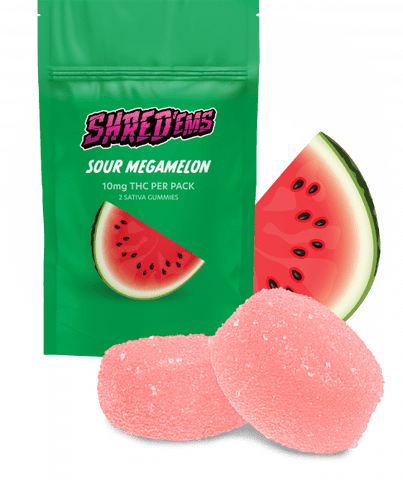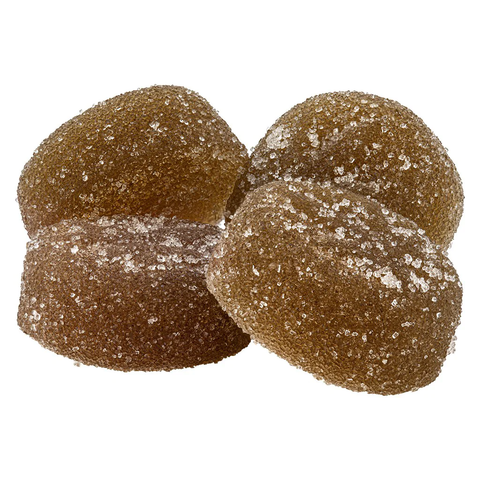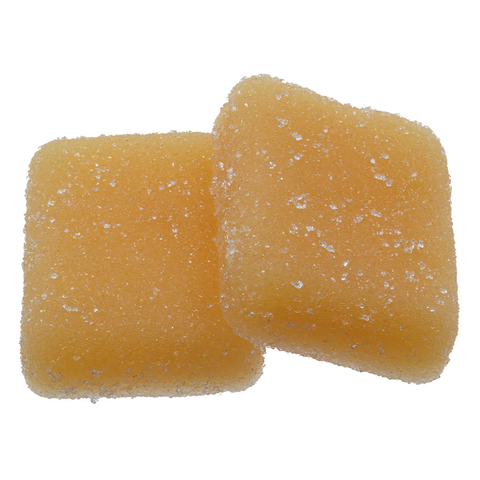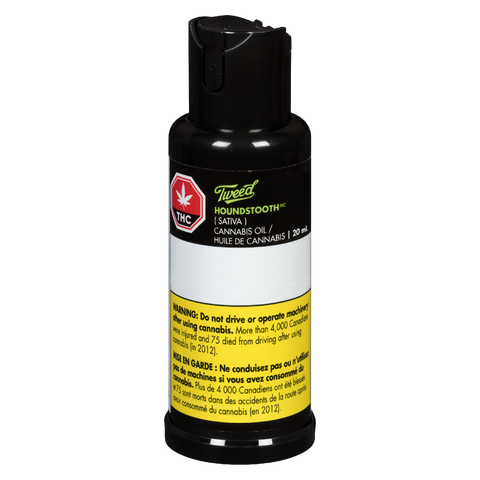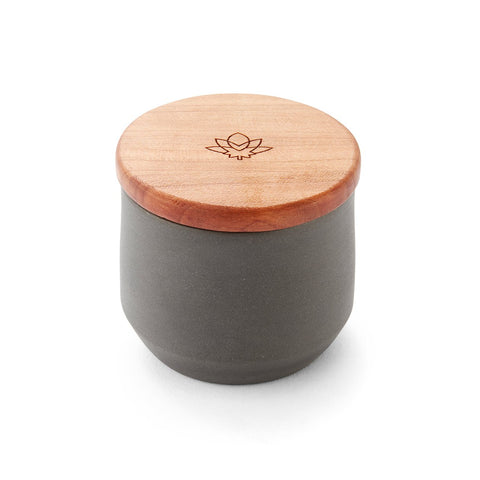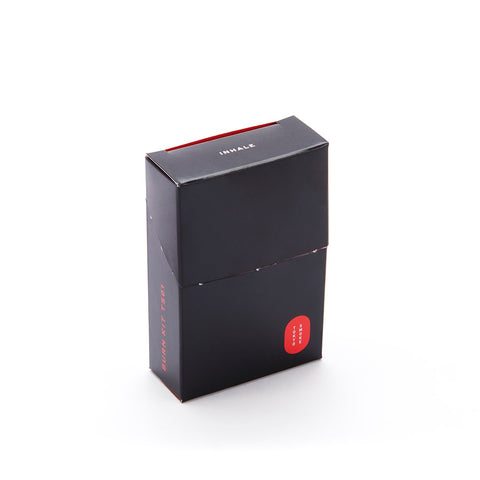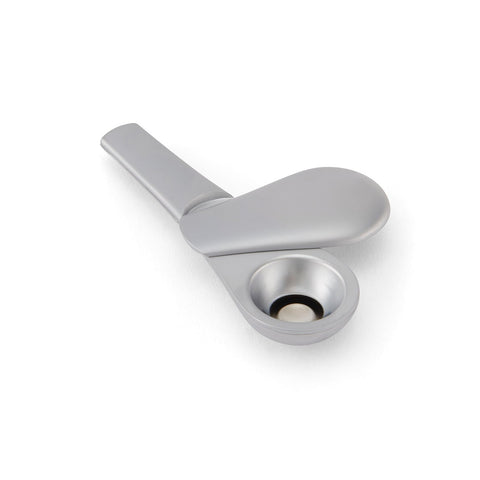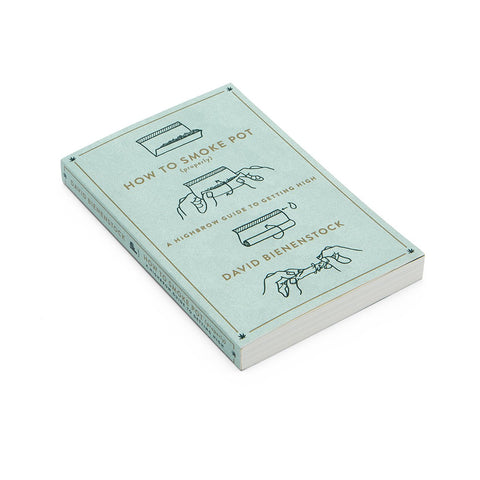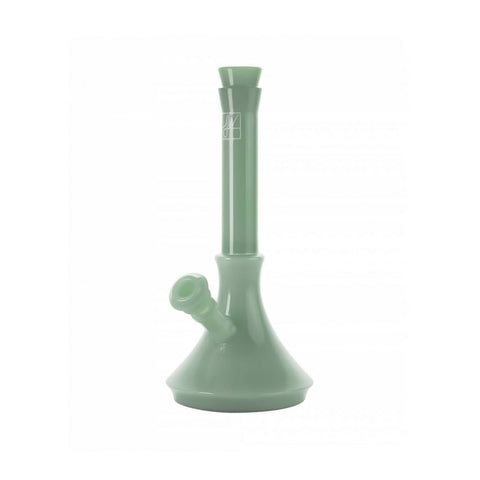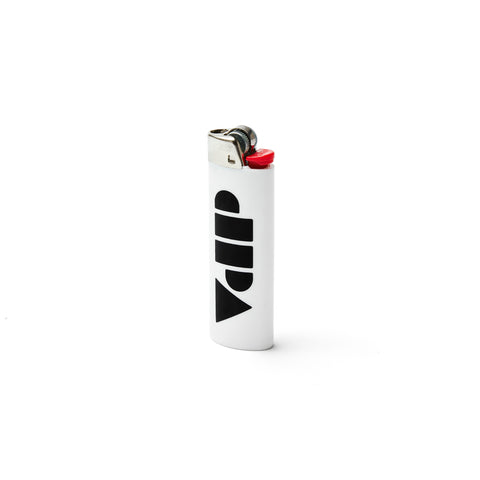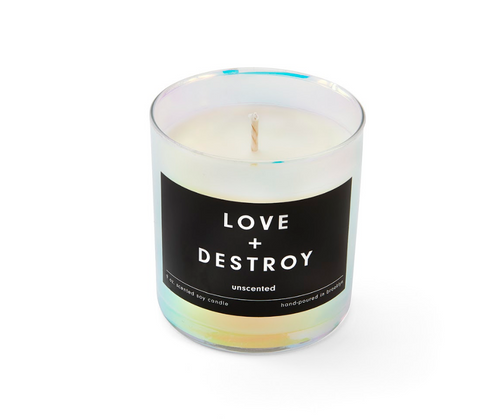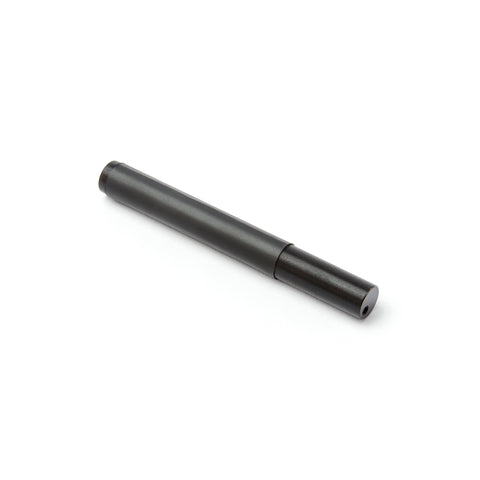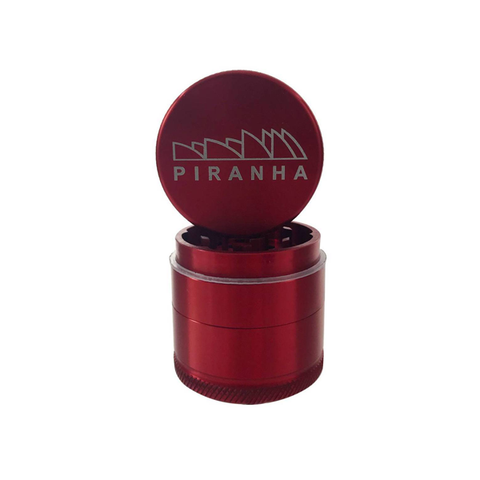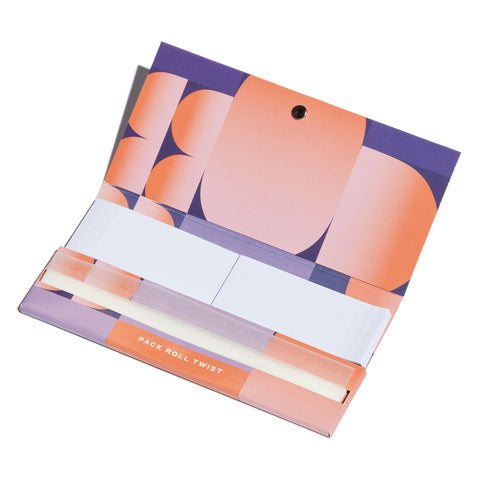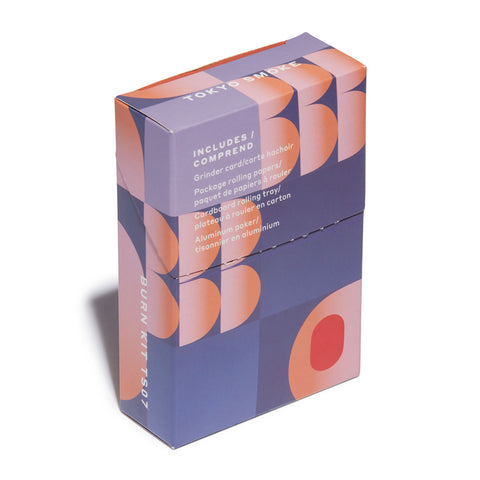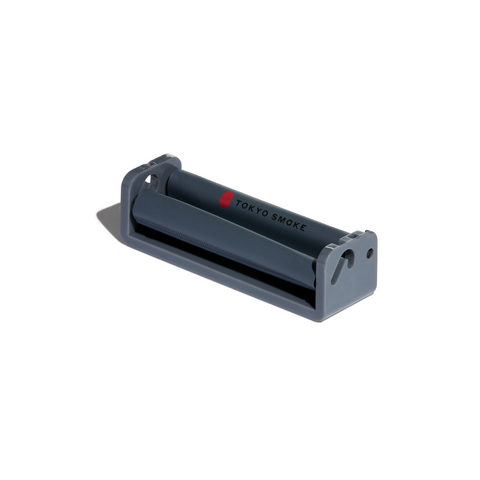Dense with numbers, warnings, and initialisms, cannabis labels can be a lot
At first glance, you’ll probably recognize the brand and strain name, but what about all that other stuff? Well, that’s where this guide comes in. It’ll help you understand the elements that appear on the label of any legal cannabis product, whether it’s one of ours, or another Licensed Producer’s.
Varietals: Indica-Dominant vs Sativa-Dominant vs Hybrid
While we have our own system for helping you navigate the universe of different highs out there, the Coles Notes go like this: Cannabis is usually classified into two distinct types: Cannabis indica and Cannabis sativa. Taxonomists have been debating the distinctions between the two for a couple of centuries, but, for the average consumer, the difference is simple. Throughout the history of cannabis culture, people have typically thought of indica-dominant flower as drowsy, and sativa-dominant varietals as energizing. Flowers with the “hybrid” classification are somewhere in the middle.
Ultimately, every cannabis plant features a unique combination of active compounds and aromatic molecules. If the current thinking bears any weight, it’s the interaction between these compounds that is responsible for the different effects that individual cannabis varieties produce.
Strangely enough, though, research shows that the average levels of CBD and THC across indica- and sativa-dominant varietals don’t actually vary that much; this classification has less to do with the actual species of the plant and more to do with how you experience it. But as we all know, everyone experiences the effects of cannabis differently.
A “sativa-dominant” flower may feel stimulating to one person, and relaxing to another. Your own body chemistry, mood, and physical setting can all influence your experience, whether the label says indica, sativa, or hybrid.

A cannabis label will always list the number of active cannabis compounds present in the product. In most cases, it also lists the content of the two primary cannabinoids, CBD and THC. When it comes to cannabis, these are two of the most important initialisms to know.
CBD is short for cannabidiol, a compound that is generally considered non-intoxicating. CBD may still have an effect on the brain—but it’s not that common “high” associated with cannabis. On the other hand, THC is the primary compound responsible for cannabis intoxication. The higher the amount of THC in a product, the more potent the effects.
CBD and THC contents are listed in different formats depending on the type of product. Depending on what you pick up, you might find CBD and THC content listed in:
- Milligrams per gram or mg/unit (for flower, softgels)
- Milligrams per gram or mg/g (for cannabis oils)
- Milligrams or mg/unit (for edibles)
On cannabis flower labels, the numbers you really want to pay attention to are the ones printed after “TOTAL THC” and “TOTAL CBD.” These refer to the amount of each compound that will be available after heating—that is, when you smoke or vaporize your flower.
Packaging and expiry dates
The date that the cannabis product was packaged, and the date upon which it expires, are both shown on the label. If you like your flower fresh (and who doesn’t?), these are good dates to know.

Product weight
Dried cannabis is measured in grams, and this gram weight appears on the label (in Canada, you’re limited to purchases of 30 grams or less). But cannabis buds aren’t uniform, so producers are allowed some wiggle room when it comes to product weight. If you were to place your cannabis on a scale, you might notice a small discrepancy.
If the dried cannabis product is under two grams, you might find that the package actually contains 10 percent more or less than the gram weight listed. If the product weighs more than two grams, then you may notice up to a five percent difference. So if you purchase 3.5 grams of dried flower, you could actually get anywhere from 3.325 to 3.675 grams.

Warning labels
By law, cannabis products must contain warning labels similar to those required for tobacco. These warnings serve a public health purpose, and companies are required to print at least one warning on cannabis packages.
Even if you’re an experienced consumer of cannabis, it’s worthwhile reading—and heeding—those warnings. For some related reading, see our articles on the side effects of THC and how long it stays in your system.
Producer information
Who grew your stash? Canadian cannabis is grown by Licenced Producers that have received governmental accreditation and approval to cultivate, process, and distribute. If you want or need to contact a Licensed Producer, their information, including company name and contact details, can be found on their products’ labels.
Recommended storage conditions
Dried cannabis products should be kept in dry environments. Heat and sunlight can degrade the active compounds in the plant, reducing both its quality and potency over time. If you want your stash to last, keep it in an air-tight and preferably opaque container.
And if there are children in your life, it’s also very important to store your cannabis out of reach of curious hands, and out of sight of prying eyes.
Fortunately, beautiful and thoughtfully designed storage accessories are easy to come by these days. (Here are some options we like.)
Lot number
Finally, the lot number, which is required on all Canadian consumer goods. The lot number gives you specific information regarding the exact batch of cannabis that was harvested or extracted for your product. If there are recalls of a product due to contamination, this lot number allows you, the producer, and public health officials to identify and sort out the products that are problematic.
The lot number also provides information regarding potency. Cannabis is harvested every eight to 12 weeks. Each harvest is batch-tested and its CBD and THC contents are recorded; it is then associated with a unique lot number to make it trackable.
So yeah, there’s a lot of information packed onto cannabis packages. But now that you’ve read all this, you’re ready to read all that.


